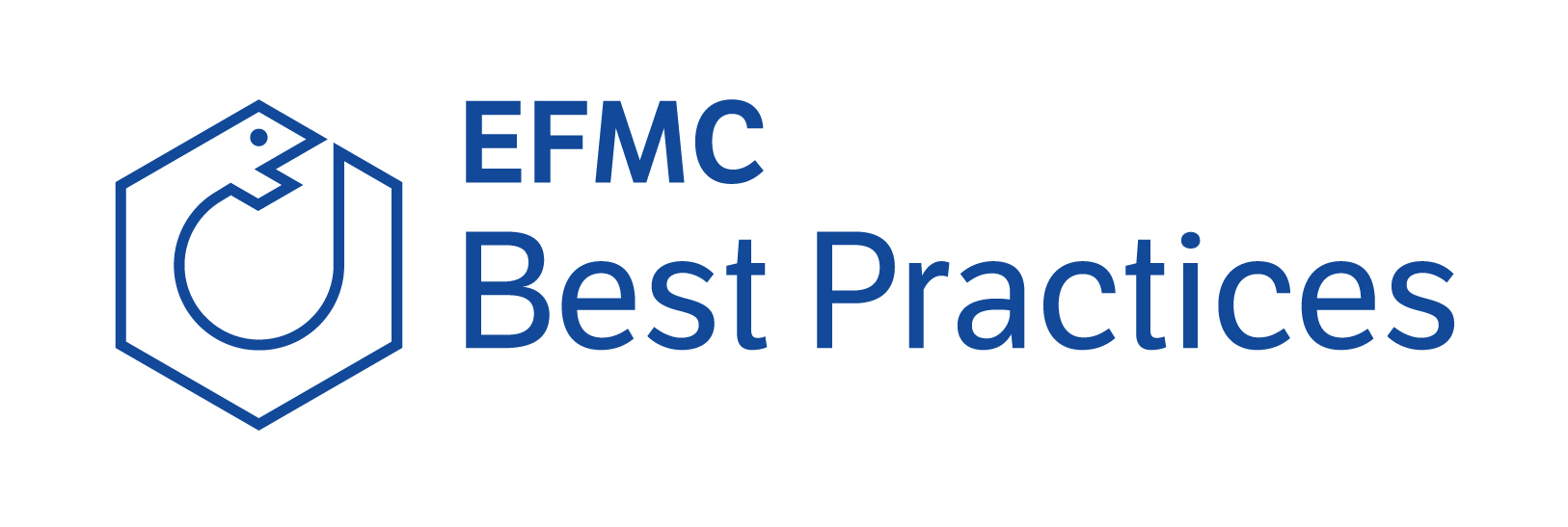
Have you ever wondered how medicinal chemists work in other companies or in academia? Are there important trends or new technologies that you may have missed? How can you find general guidelines or tips and tricks on important topics in drug discovery?
In the rapidly evolving field of medicinal chemistry and chemical biology, there are only few opportunities to share best practices. Following the initiative of Jean Quancard, the EFMC assembled a team of experienced practitioners from industry and academia. We are now addressing this exciting challenge.
The material we have assembled is available in several formats: freely accessible webinars on the EFMC youtube channel, educational slide decks and case studies. These will be made freely accessible for personal use or for use in further training or teaching material.
Please reach out to us to give feedback on the content and on how you use the material:
We have started by covering the initial phases of drug discovery through three sets of Best Practices:
The hit to lead phase is critical in medicinal chemistry campaigns. The chemical matter, or hits, that demonstrate promising activity against a target of interest are further characterized. Through limited medicinal chemistry efforts, the aim is to turn these hits into leads: compounds that we believe can be optimized into drug candidates.
What are chemical probes and why are they important? Chemical probes are designed to selectively address a biological question; this is distinctly different from a drug, which is designed to produce a clinical outcome! Simple guidelines can be used to generate high-quality chemical probes and obtain reliable data to further our understanding of human biology and disease.
Recent years have seen a renaissance of Phenotypic drug discovery (PPD) with novel screening technologies and a track record that is thought to match or surpass that of target-centric approaches. We present a view on best practices to consider when running phenotypic drug discovery campaigns to increase the chance of success of these black box approachs.
Hit Generation is a crucial step of all drug discovery campaigns that will determine the speed and chance of success of identifying drug candidates.
We cover the essential approaches for hit generation and the opportunities and challenges they come with. We then provide guidance on how to validate hits to ensure medicinal chemistry is only performed on compounds and scaffolds that engage the target of interest and have the desired mode of action. Finally, we discuss the design of integrated hit generation strategies that combine several approaches to maximize the chance of identifying high quality starting points.
In everyone's mind, copyright broadly refers to the legal right of an owner of intellectual property, but the principles are not always limpid. Copyrights are however present at every stage of scientific research and we face their implications daily, sometime without knowing it.
In these two slide decks, Martine Roth (Principal Trademark Attorney & Copyright at Novartis Pharma AG) briefly presents the basic of copyrights and introduces "Creative Commons", a nonprofit organization enabling the sharing and use of creative works through free legal tools.
We also need your help!
Please contact us if you have interesting case studies relevant to the topics we are covering. These would help illustrate these concepts with additional recent examples and spread best practices through the Medicinal Chemistry and Chemical Biology communities
Contact: